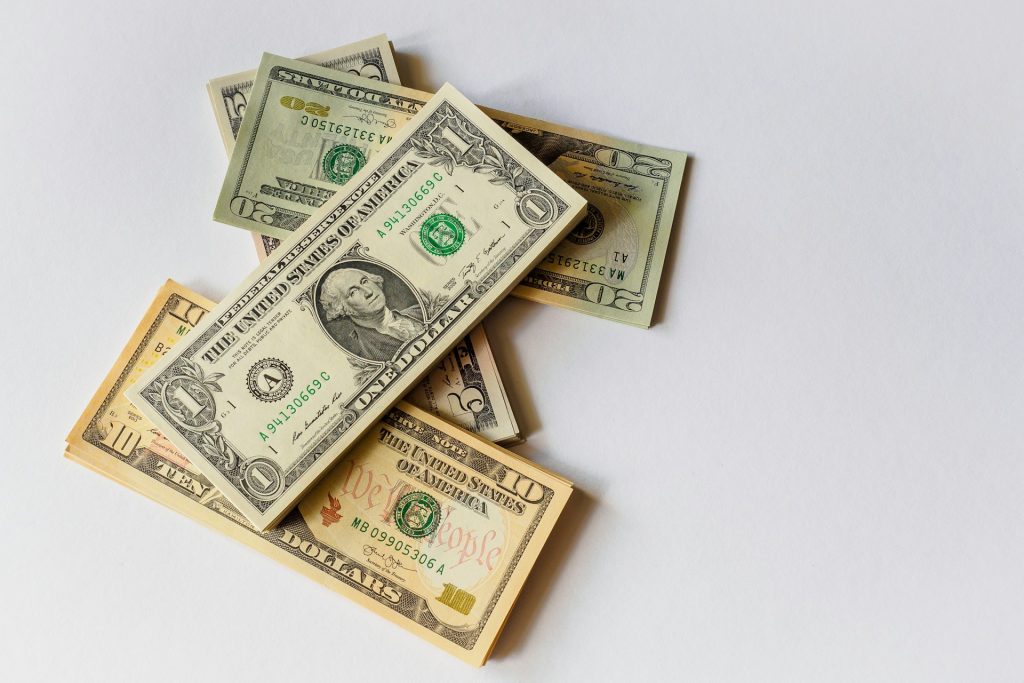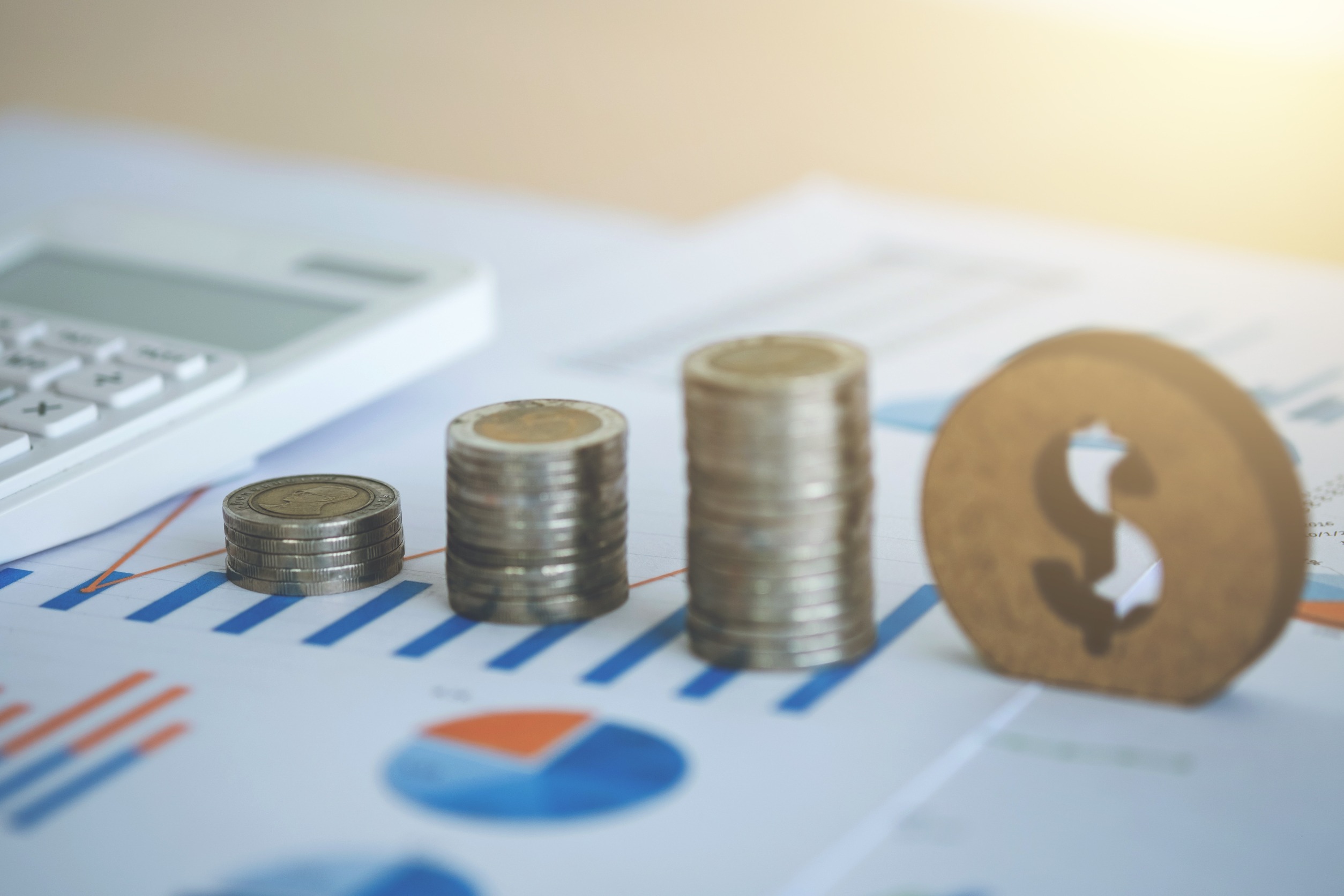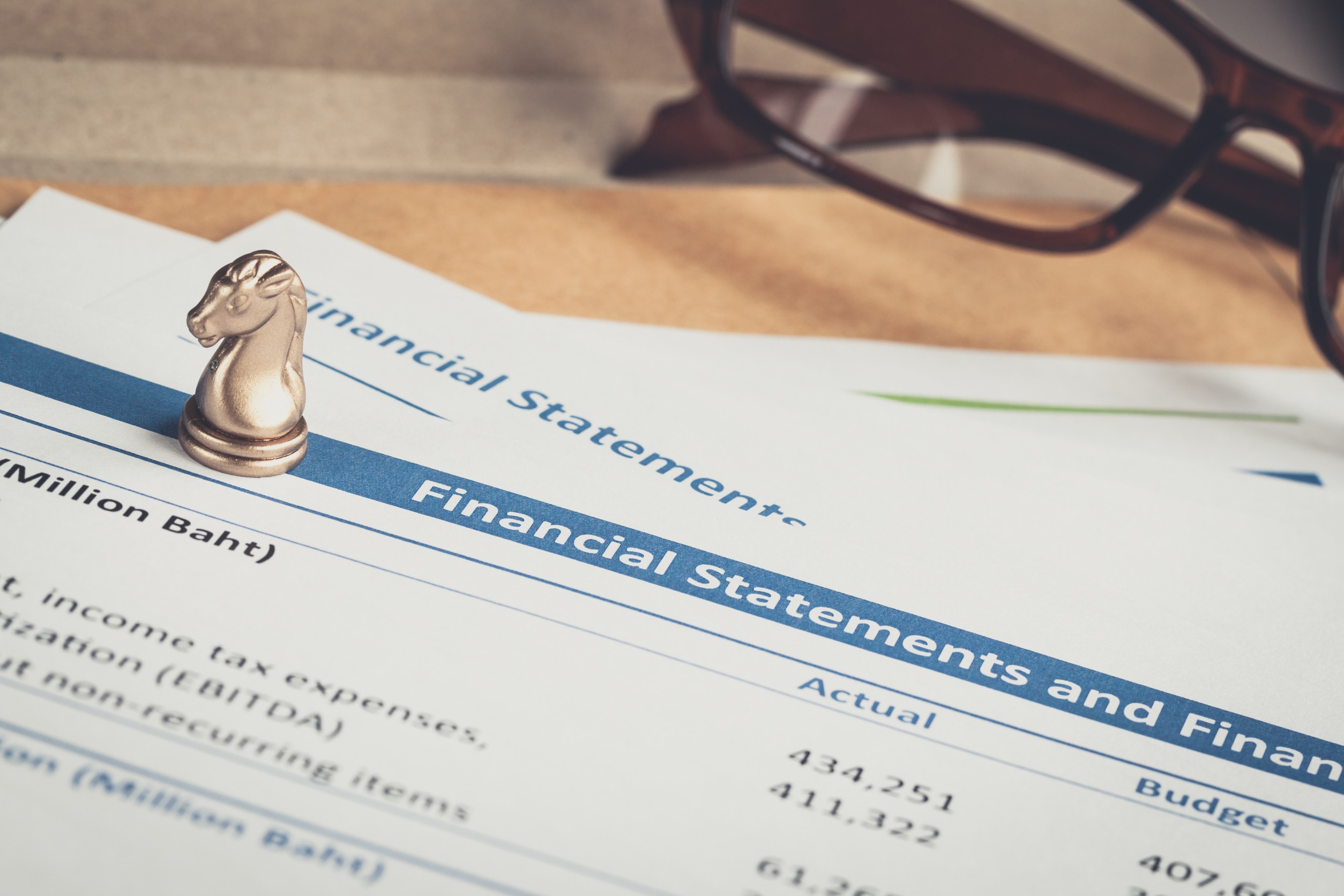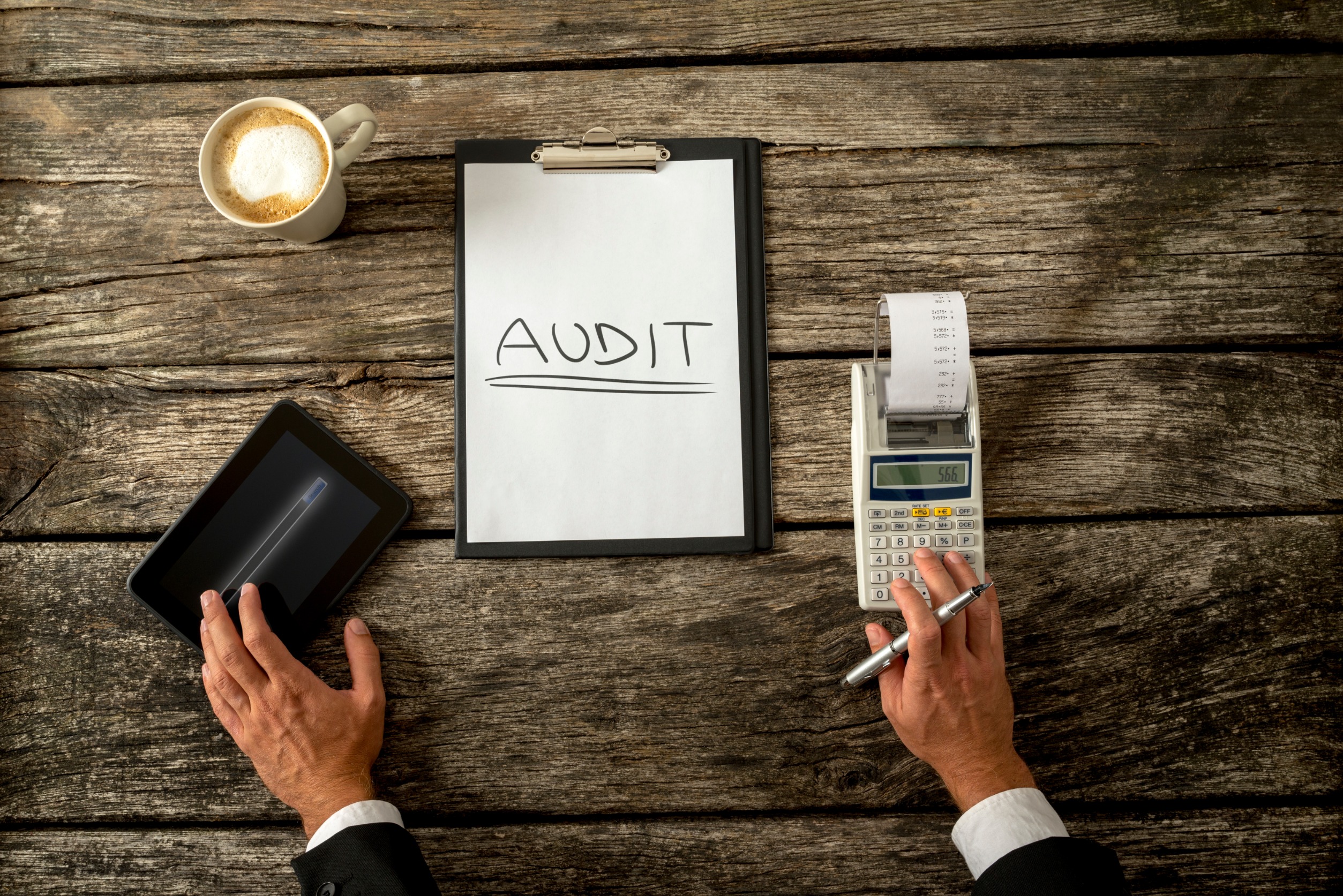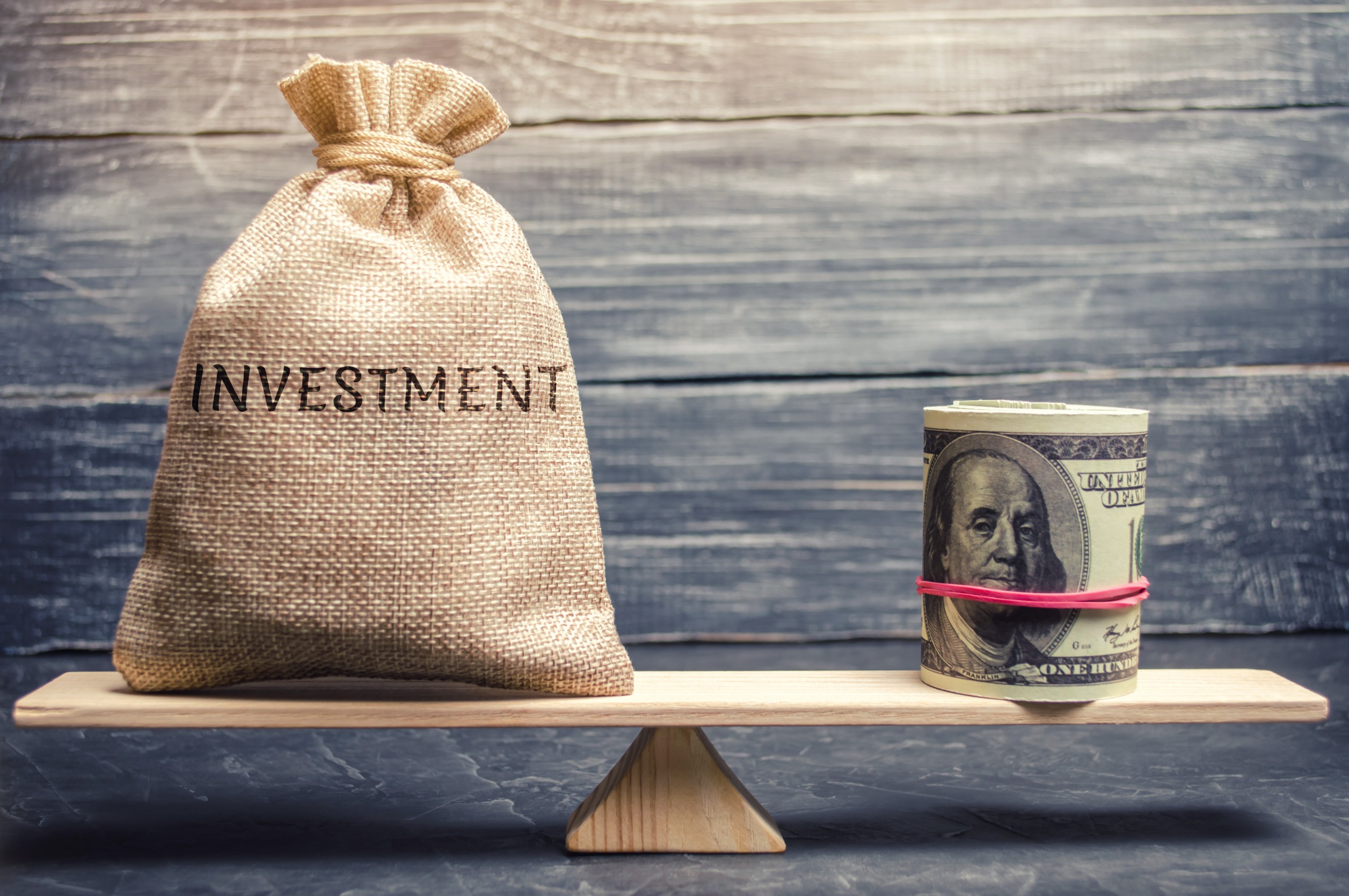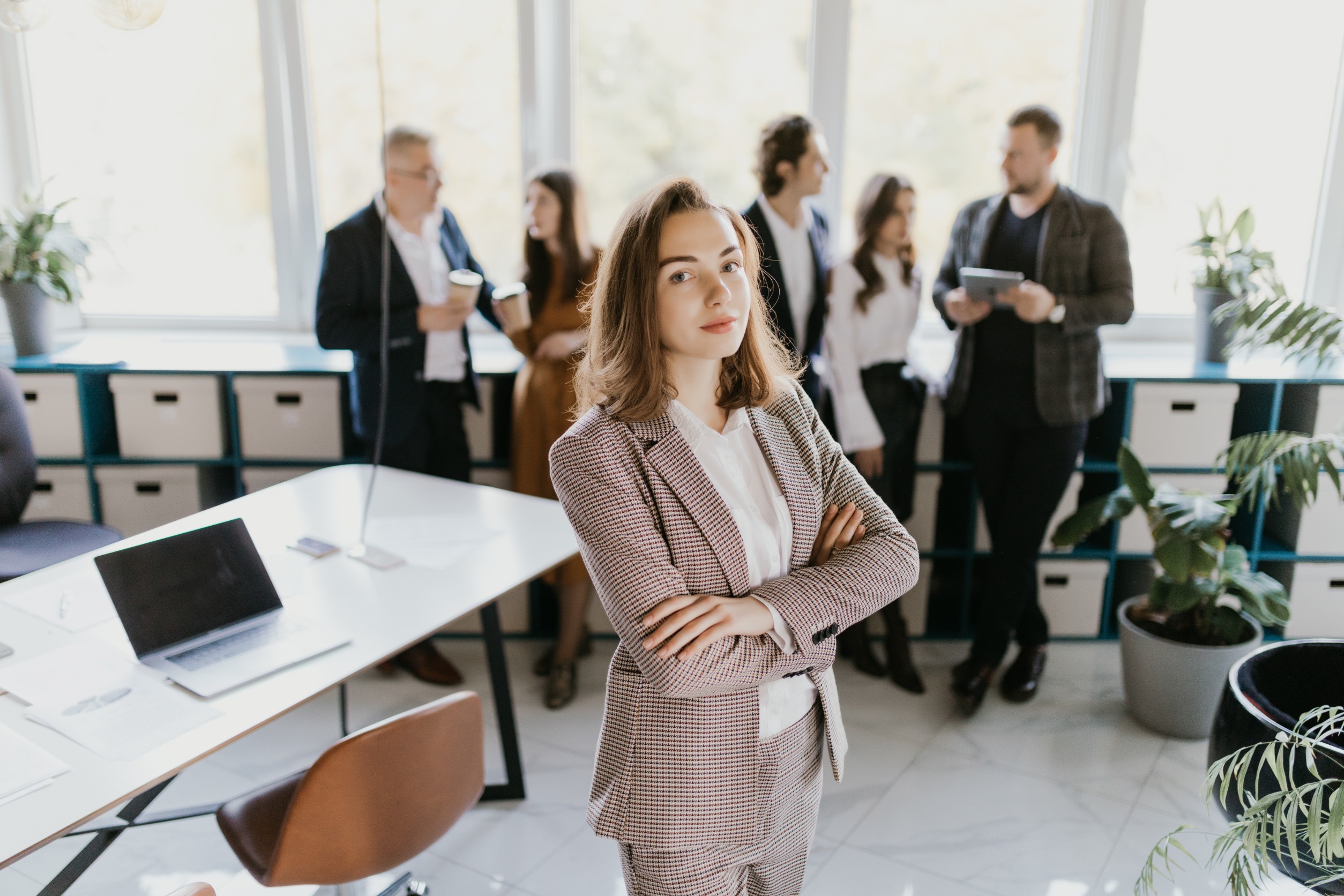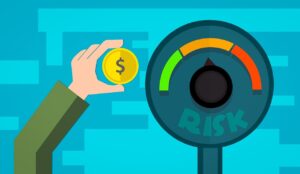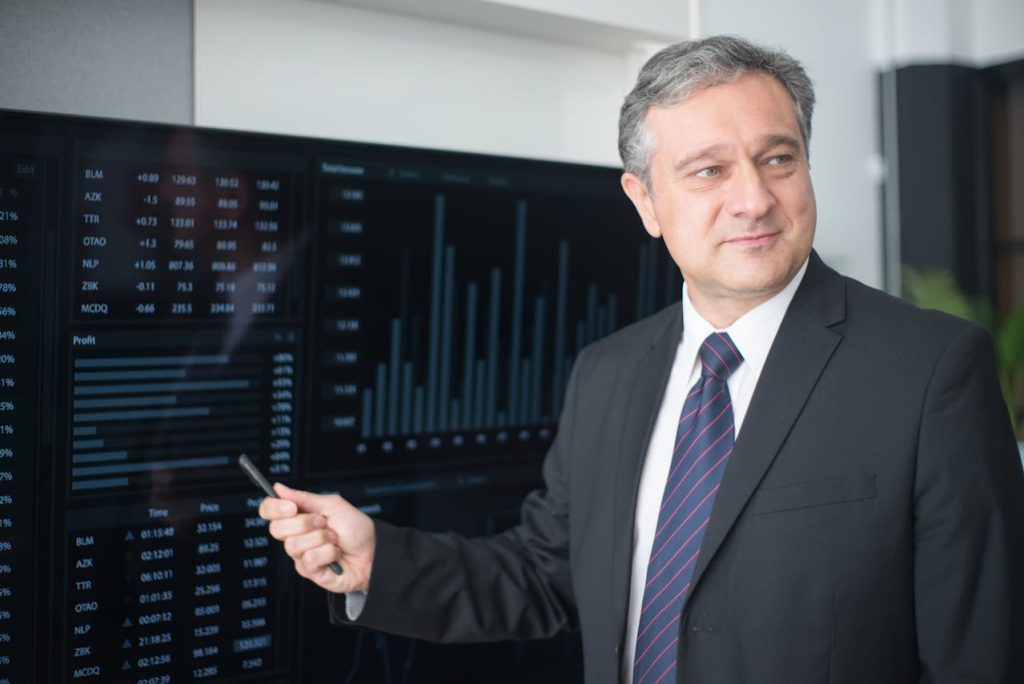
Image Source: pexels.com
Breaking up with your financial advisor can feel as awkward as ending a long-term relationship. Yet sometimes it’s necessary for your financial health. Whether your advisor’s performance has disappointed, their fees seem excessive, or you’re ready to take control of your investments, making a clean transition is crucial. A poorly executed exit can cost you thousands in taxes, penalties, or missed opportunities. Let’s explore how to part ways with your financial advisor while protecting—or even enhancing—your net worth.
1. Evaluate Your Current Relationship Objectively
Before making any moves, thoroughly assess your current advisory relationship. Look beyond emotional reactions and focus on measurable factors:
Performance metrics: Compare your portfolio’s performance against appropriate benchmarks over 3-5 years, not just recent months. Many investors incorrectly evaluate advisor performance by using inappropriate benchmarks.
Fee structure: Calculate exactly what you’re paying annually in percentage terms and actual dollars. The industry average is 1-1.5% of assets under management, but this varies widely.
Service quality: Consider the value of financial planning, tax strategies, estate planning, and other services beyond investment management.
Communication: Reflect on whether your advisor proactively communicates during market volatility and regularly reviews your changing goals.
Document these findings objectively. This exercise might reveal that your relationship is worth preserving—or confirm that exiting is the right financial decision.
2. Develop Your Post-Advisor Strategy First
Never exit without a clear plan for what comes next. Rushing this transition can lead to poor investment decisions or cash sitting idle.
Moving to self-management:
- Research and select your preferred investment platform
- Develop your investment strategy and asset allocation plan
- Create a system for regular portfolio review and rebalancing
- Consider what tools you’ll need for tax planning and reporting
Switching to another advisor:
- Complete all interviews and background checks
- Understand their investment philosophy and ensure it aligns with yours
- Clarify their fee structure and minimum requirements
- Confirm they can accommodate your existing investments
If you’re considering a robo-advisor:
- Compare platforms based on fees, investment options, and additional services
- Understand their rebalancing methodology and tax-loss harvesting capabilities
- Determine if their algorithm matches your risk tolerance and goals
Having this strategy in place before initiating your exit prevents costly gaps in management and reduces the emotional pressure to make hasty decisions.
3. Time Your Exit Strategically
The timing of your transition can significantly impact your net worth, particularly regarding tax consequences and market conditions.
Tax year considerations: Consider executing your transition early in the tax year, giving you time to manage capital gains and losses before year-end filing strategically.
Avoid major market volatility: While perfect timing is impossible, avoid making significant portfolio changes during extreme market turbulence unless absolutely necessary.
Account for settlement periods: Remember that selling investments and transferring assets takes time, typically 3-7 business days for settlements and 1-2 weeks for account transfers.
Review fee schedules: Some advisors charge quarterly in advance. Timing your exit just after a fee payment might mean losing that quarter’s prepaid amount.
According to FINRA regulations, once properly initiated, most account transfers should be completed within seven business days, but complex portfolios may take longer.
4. Conduct a Thorough Portfolio Analysis
Before initiating your exit, understand exactly what you own and the implications of moving each investment:
Identify embedded capital gains/losses: Some positions may trigger significant taxable events if sold.
Review surrender charges: Certain insurance products or annuities may carry substantial penalties for early termination.
Check transfer eligibility: Some proprietary products may not be transferable to new platforms and must be liquidated.
Assess load fees: Front-loaded mutual funds you’ve already paid commissions on might be worth keeping rather than selling.
Examine expense ratios: High-fee investments might be candidates for immediate replacement post-transition.
This analysis helps prioritize which investments to transfer in-kind versus liquidate, potentially saving thousands in unnecessary taxes and fees.
5. Execute a Clean, Professional Transition
How you communicate your decision matters both professionally and financially:
Provide written notice: Send a clear, unemotional letter stating your decision to terminate the relationship.
Request direct transfers: To maintain market exposure, use account transfer forms rather than liquidating to cash whenever possible.
Secure your documents: Request complete copies of all financial plans, tax strategies, and investment recommendations you’ve paid for.
Revoke authorizations: Formally revoke any trading or information access permissions in writing.
Document everything: Keep records of all transition communications and confirmation numbers.
Maintaining professionalism prevents relationship deterioration that could complicate your transition and ensures you receive all the information you’re entitled to.
6. Beware of Exit Obstacles
Financial advisors sometimes create intentional or unintentional barriers to leaving:
Delayed processing: Some firms may slow-walk paperwork or transfers.
Emotional appeals: Advisors might emphasize personal relationships or market timing concerns to delay your exit.
Retention offers: You may receive offers of reduced fees or enhanced services.
Complexity claims: Some advisors may overstate the difficulty of managing your own investments.
Selective performance highlighting: They might emphasize recent successes while downplaying long-term underperformance.
Be prepared for these tactics and remain focused on your financial objectives rather than emotional appeals.
7. Reclaiming Your Financial Future
The post-advisor period offers a unique opportunity to reset your financial approach. This transition isn’t just about ending one relationship—it’s about beginning a new chapter in your financial journey.
Take this opportunity to:
- Reassess your true financial goals without external influence
- Develop your financial knowledge through courses or reading
- Create a personalized investment policy statement
- Establish regular review processes that work for your schedule
- Consider working with professionals on an as-needed, hourly basis for specific questions
Remember that financial advisor relationships should serve your needs, not vice versa. The right exit strategy protects your net worth today, positioning you for greater financial independence tomorrow.
Have you ever transitioned away from a financial advisor? What challenges did you face, and what advice would you give others considering the same move?
Read More
5 Benefits of Investing in Real Estate Through Private Lending
5 Great Stock Buying Tips to Practice Today
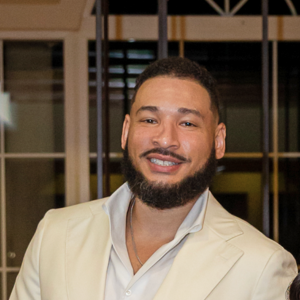
Travis Campbell is a digital marketer/developer with over 10 years of experience and a writer for over 6 years. He holds a degree in E-commerce and likes to share life advice he’s learned over the years. Travis loves spending time on the golf course or at the gym when he’s not working.
